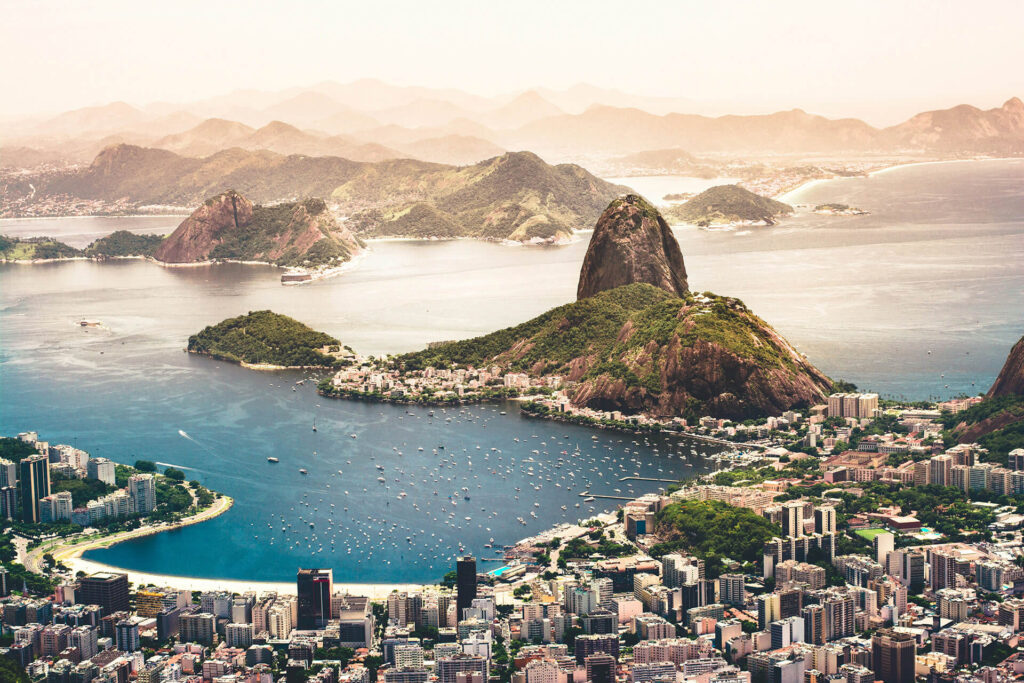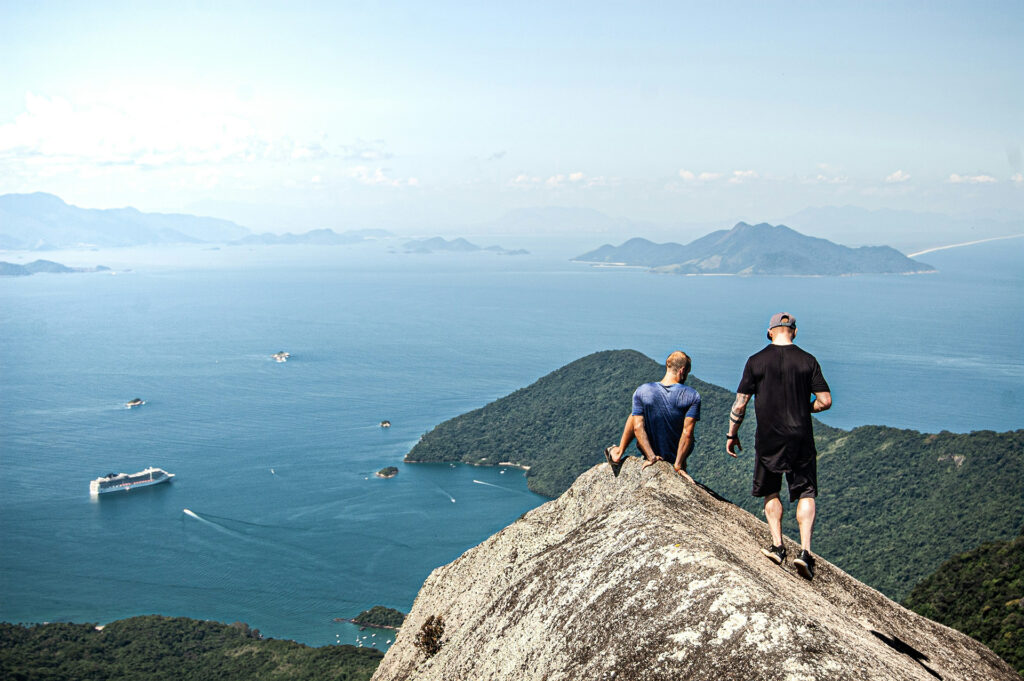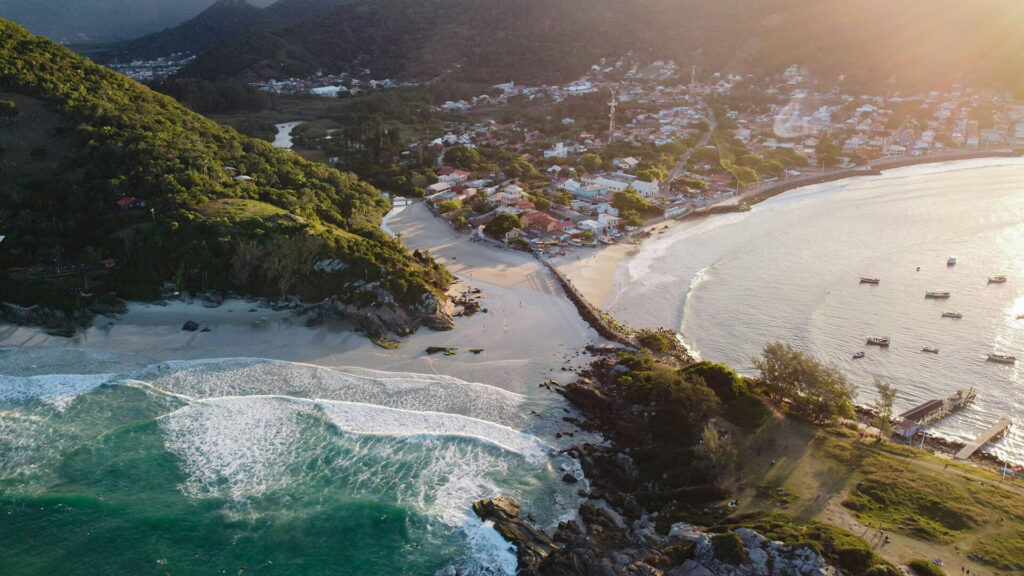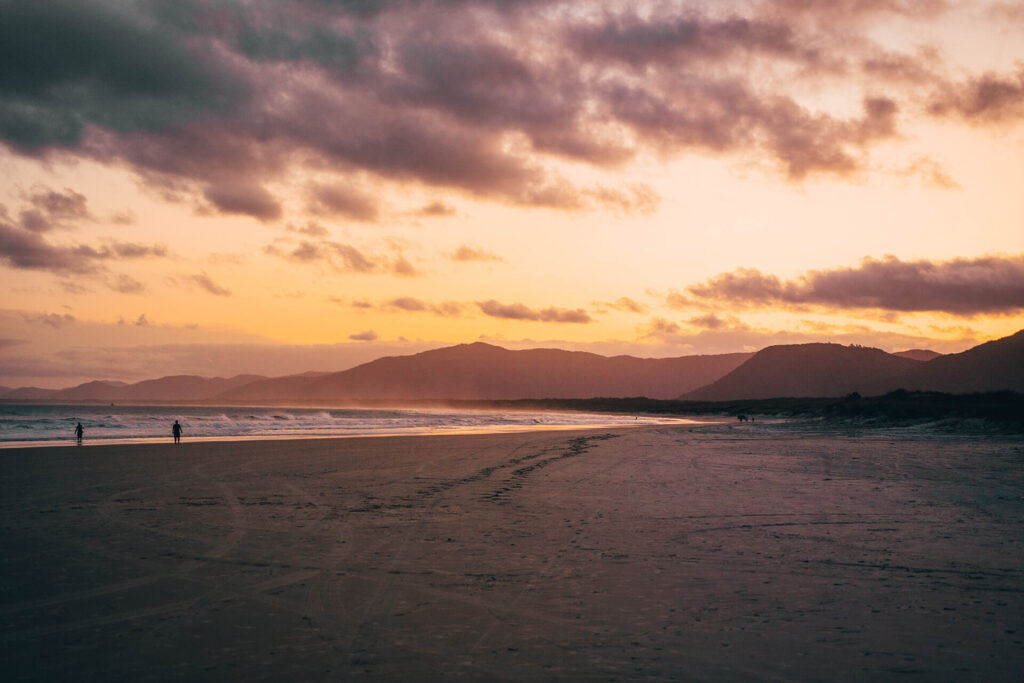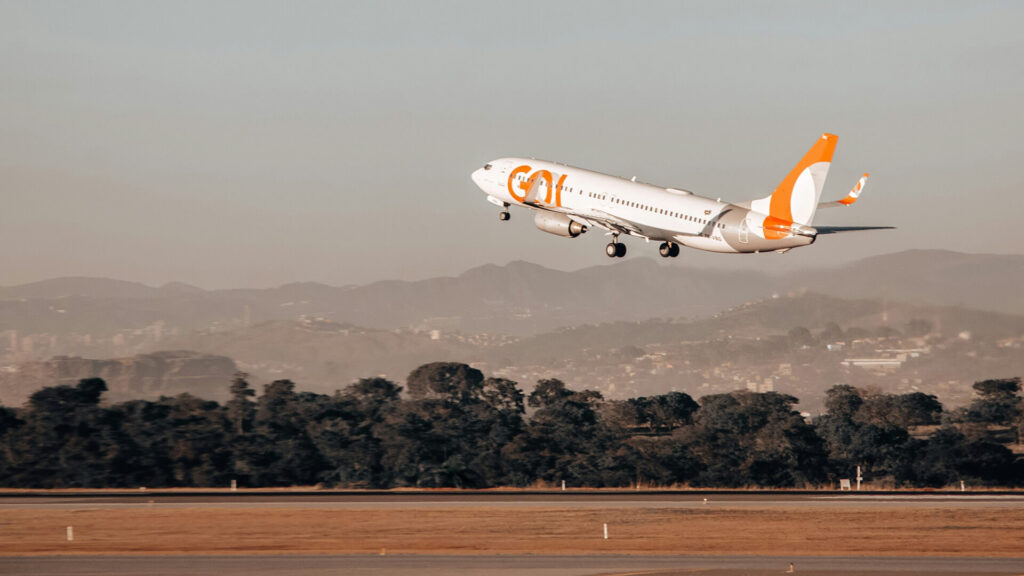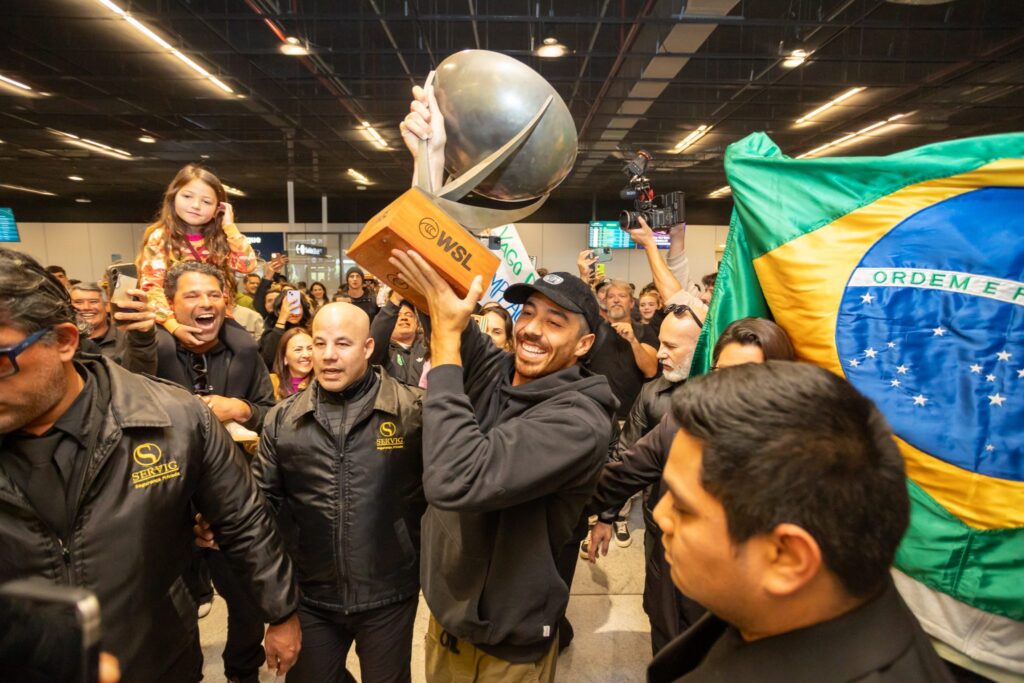The Ultimate Florianópolis Travel Guide
Your complete insider’s guide to Brazil’s island capital — beaches, culture, surf, nightlife, and everything in between.
Welcome to Floripa, Brazil’s island paradise where tropical beaches meet cosmopolitan energy. This guide brings together everything you need to plan your trip: how to get here, where to stay, what to do, and why this island has become South America’s most desirable destination for surfers, digital nomads, and travelers in the know.
From 70+ stunning beaches to fresh seafood markets, hiking trails, and late-night samba bars, this is your one-stop resource for discovering the best of Florianópolis.
Beaches in Florianópolis
Few places on earth pack as much coastal variety into a single island as Florianópolis. With over 70 beaches scattered around its 172 kilometers of coastline, “Floripa” is home to torquiose lagoons and incredible surfing beaches. You’ll find calm coves in the north, surf breaks in the east, dramatic cliffs in the south, and untouched hideaways only reachable by trail or boat.
Whether you’re here to surf world-class waves, sip caipirinhas at beach clubs, or find a quiet patch of sand far from the crowds, Florianópolis delivers it all.
Explore our full 👉 Beaches in Florianópolis guide.
Getting to Florianópolis: Brazil’s Island Paradise
Reaching Florianópolis is easier than you might think. The island is connected to mainland Brazil by bridge and an international airport, Hercílio Luz International (FLN), with direct flights from major Brazilian cities and even Lisbon, Portugal. Whether you’re flying in from abroad, road-tripping down the coast, or catching an overnight bus from São Paulo or Rio, it is conveniently connected for easy travel.
👉 Read our full guide: How to Get to Florianópolis
Some Quick Helpful Information for Florianópolis
💰
Currency
Brazilain Real (BRL)
⏱️
Time Zone
Brasília Time (BRT) UTC−3.
🔌
Voltage + Plugs
220V. Type N Plugs
🛬
Airport
Hercílio Luz International Airport (FLN).
🚌
Transport
Uber, 99, airport taxis, rental cars, local buses
☀️
Peak Season
December – March
🌡️
Average Temps
20–30 °C summer / 15–20 °C winter
👮🏽♂️
Police
Call 190
🚑
Ambulance
Call 192
🚒
Fire Brigade
Call 193

